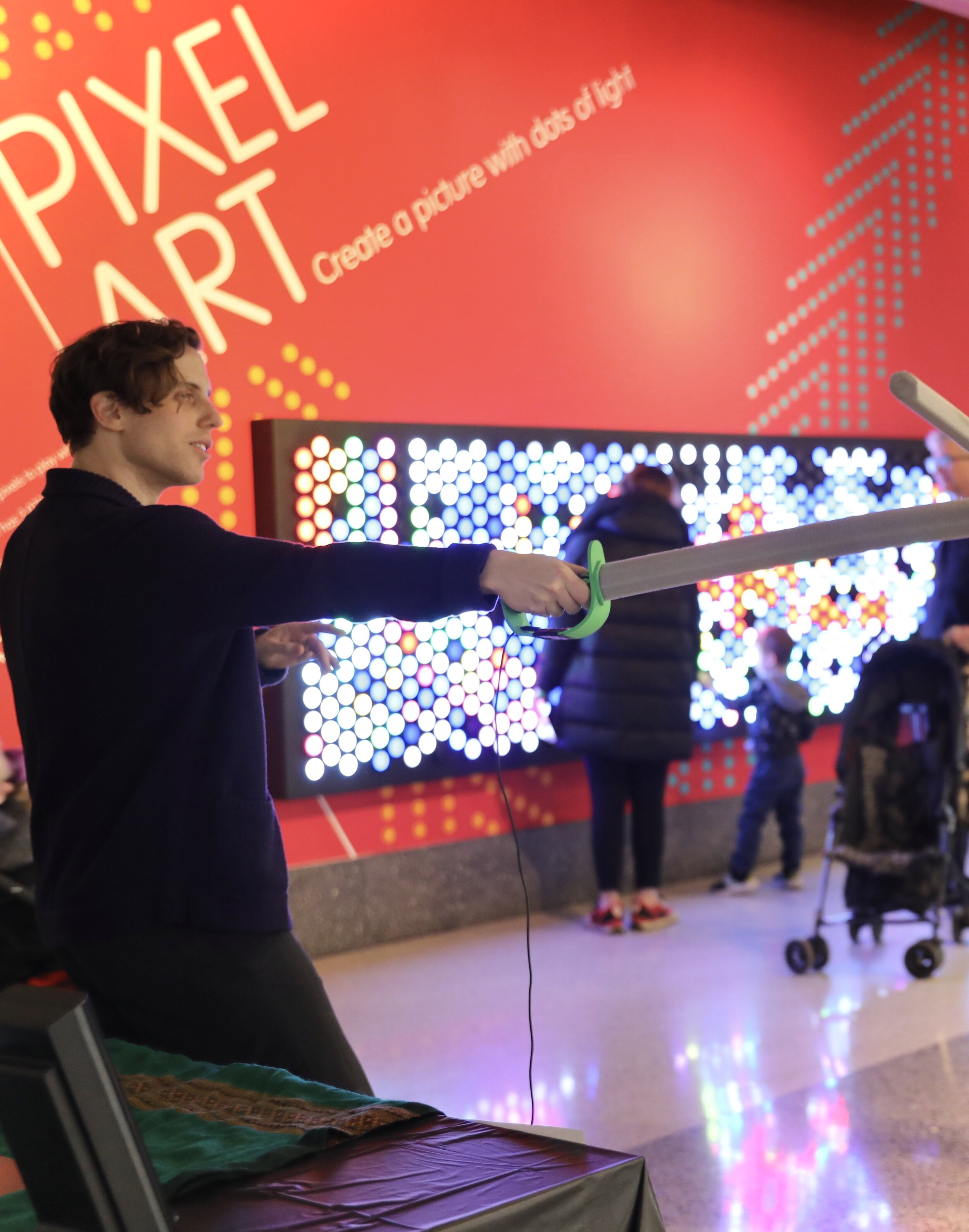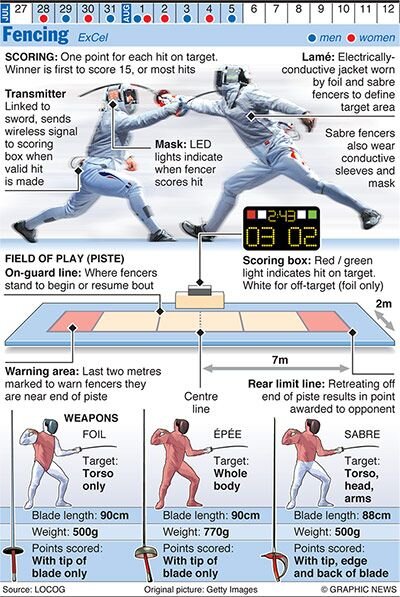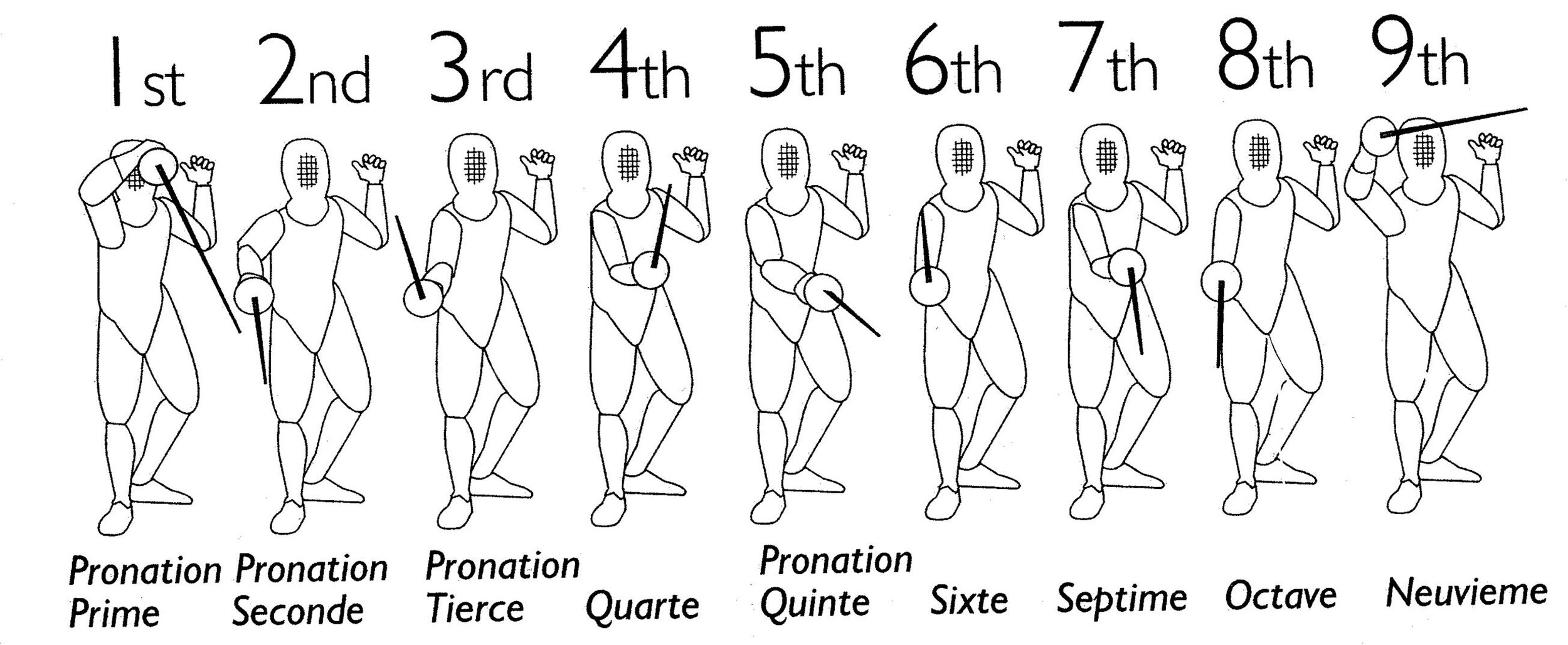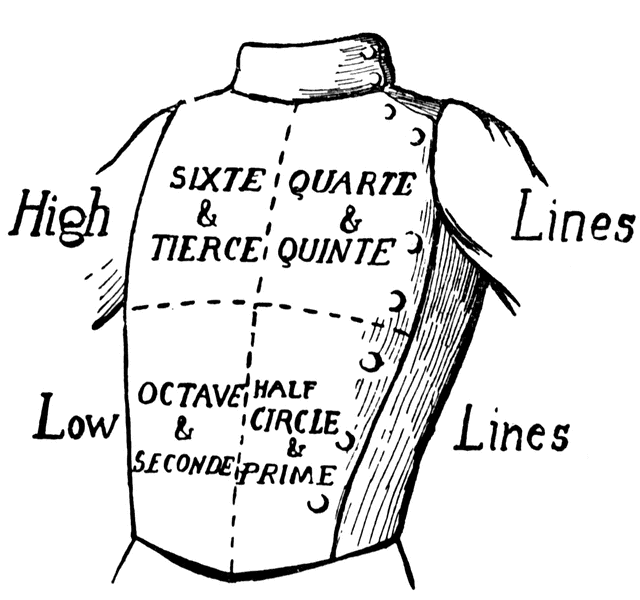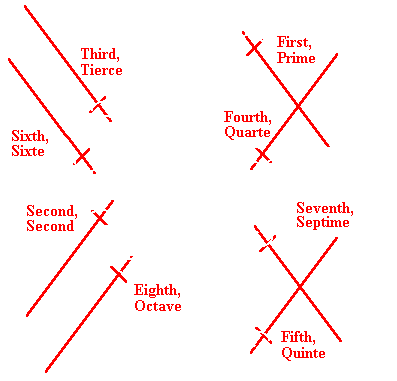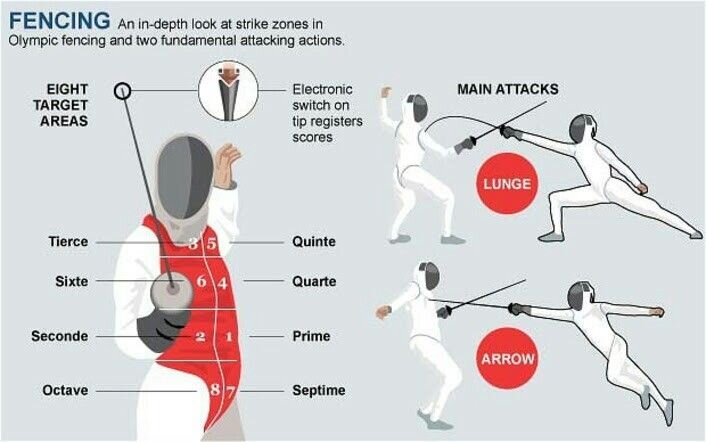At last, I return. My illness last week may have broken my body, but it only served to embolden my spirit. I feel renewed, I feel recharged, I feel….electrified. I took no pleasure in showing up to class last week’s class unprepared, but nevertheless, I persisted. I’ve spent the last many days squaring up what I missed in addition to getting ahead of Week 3 assignments. (stay tuned for the next week’s blog installment for exciting musings on arduinos and breadboards!)
While I was unwell, I felt some distance from the “physical” component of the assignment, so I took refuge in the readings and carefully considered how the writing of Donald Norman informs the tone for the work in this course. Norman’s texts are beautifully crafted, and while I was singing his praises, a student at my worktable took notice— how his eyes illuminated when he made the comment “Don Norman is the godfather of UX.” So rooted in this very theoretical discourse into a field of practice that’s now dominant in the design of everyday everything, this notion struck me deeply.
I’ll keep certain principles from the Norman readings in mind as I wade out into the mists of P. Comp. I’m so impressed by his integration of deep-level design principles with the study of human behavioral sciences. He is a self-conscious writer, wary of his own cleverness as indulgence, recognizing that language itself is communication design. This guy gets it. Based on the example models of bad design, it couldn’t be more evident that this book needed to be written, especially WHEN it was written. Many of the outmoded technologies is question are primitive, and fairly hard to relate to from modern experience, but tracing these obsolete devices and systems is almost like a fossil record of human thought, and still resonates since design now is a response to design then. In this way, that text will always matter.
The first chapter of POET was an essential primer for diving into Emotional Design, which brought to light dimensions of psychology and design that I’d never even imagined, and how cognitive and affective functions modulate visceral, behavioral, and reflective responses. I live my life by so many of these principles, and now have new admiration as I identify the manifold graces of Apple’s design, and see clearly how their concepts of aesthetics and beauty have been so carefully considered.
Enjoying this reading as I have has been like having dessert before supper, and now that it’s out of the way, let’s get physical: I’ve pored through all the labs, videos, and readings about circuit building, multimeters, breadboards, and the lot of it. I studied hard for that self-graded quiz, and unfortunately for myself, I’m a pretty tough grader. I’m not going to say what I think my score might have been, but judging by the Quiz 1 answer key that were sent out to the class, I can safely say this wouldn’t have made it onto the fridge. These are difficult concepts, but I think they are making more sense to me in practice than on paper.
I BUILT A SWITCH!! I thought hard about how to create something clever for this, but in the end, I decided I had to play to my strengths… I was playing guitar when the idea dawned on me. Eureka. My strings are metal, the frets are metal, I think we can make a circuit happen here. So I clipped the power from a 9v battery to the 6th string of the ITP guitar, and then rigged another wire to the 6th fret of the fingerboard, which fed into an LED, and back out to ground. Voila.
Will post for week 3 soon… ‘til then.






